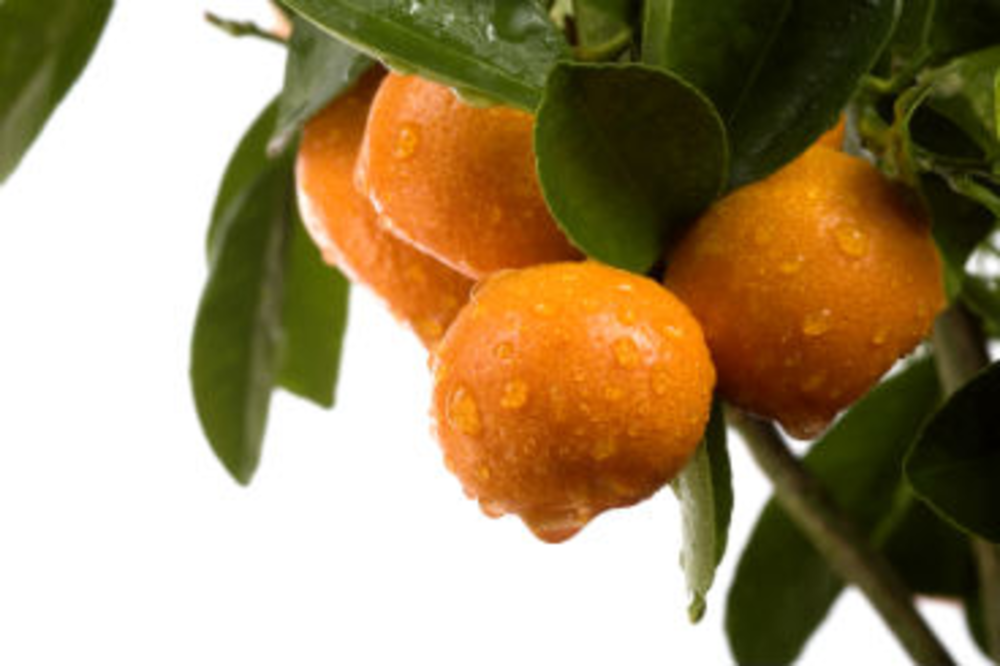Sometimes when I walk the aisles of a marketing trade show, I don’t know whether to laugh or cry. I see booth after booth of companies telling me they will help me identify my best customers. Of all the customer segments, your best customers are the easiest to find. They buy from you regularly. They spend a lot of money. If you don’t know who they are, you’re in big trouble.
What these companies should be helping me do is find my low-hanging fruit, the customers from whom I can most easily get the additional sales that will grow my total revenue.
The first step in identifying the customers from whom you can get a revenue lift is to make a plot similar to Figure 1 below:
| Figure 1. Yearly revenue by loyalty rank
|
This plot shows the revenue from customers at a typical company as a function of their ‘value,’ measured along the horizontal scale. You can use your favorite value metric; for example, an RFM score. This plot uses Loyalty Builder’s Loyalty Score. Rank the customers by your value metric and then group them into buckets and calculate the average yearly revenue for each bucket.
As expected, the higher-value customers spend a lot more money. But here’s an important lesson from calculus: the total revenue is proportional to the area under the curve, shaded in green. To grow total revenue, you need to figuratively grab that curve in the middle, a bit toward the right end, and yank it up and to the left. The top-enders are producing now and will keep on buying. To grow revenue, you need to get more revenue from the middle ranks of your customers, not from the ones on the top end.
Not all of those middle-ranking customers are going to be sources of new revenue. To find out which ones to target, let’s look at the customer population from a somewhat different point of view. The heat map in Figure 2 segments the customers by two metrics: their value (the vertical axis) and their risk of defecting (the horizontal axis). Each dot represents an individual customer, and a customer’s placement on this heat map—I call it a behavior map because it shows the behavior of the population—depends on their scores on the two metrics. The color of the dot corresponds to their position six months ago, so this map also shows behavior migration.
| Figure 2: Segmentation by risk and value |
The customers with revenue growth potential are usually found lurking in that upper middle segment labeled “Underperformers.” As the table below shows, customers in this segment have average order values almost comparable to the best customers. Yes, they are a somewhat off their regular buying pattern (as measured by slightly higher purchase delay), but not so far off that they can’t be won back to more frequent purchasing with the proper offers. These are your true low-hanging fruit.
| Loyalists | Nurturers |
Underperformers |
Faders |
Winbacks |
1 & 2 X Buyers | |
| Number of customers
|
36,300 |
8.184 | 27,542 |
16,236 |
4,106 |
23,867 |
| 2012 revenue
|
$29,413,047 | $6,547,986 |
$9,781,738 |
$1,809,025 | $1,113,294 |
$2,375,147 |
| Number of orders
|
22.9 | 11.49 |
9.85 |
4.96 |
7.47 |
1.31 |
| Average order value |
$69.76 | $31.93 |
$72.92 | $24.22 |
$52.15 |
$74.88 |
| # of product categories
|
33.12 | 19.07 |
20.87 | 8.37 | 14.59 |
3.04 |
| Purchase Delay
|
0.94 |
0.81 |
2.27 |
2.77 |
8.58 |
3.59 |
|
Likely Buyer Score |
80.52% | 70.79% |
21.09% |
13.63% |
6.17% |
23.70% |
|
Retention (days) |
298 | 249 |
270 |
227 |
298 |
100 |
|
Recency (days) |
14 |
16 |
67 |
68 |
156 |
76 |
|
Interorder time (days) |
17.47 |
26.46 |
36.04 |
50.33 |
56.19 |
78.16 |
|
Spend/customer this period |
$82.63 | $32.78 |
$1.63 |
$1.03 |
$0.00 |
$11.63 |
|
Spend/customer, lifetime |
$1,286.38 |
$330.45 |
$602.33 | $111.94 |
$360.70 |
$94.90 |
| Figure 3: Key metrics by segment
|
||||||
The case described here, and the corresponding charts and table, represent a typical B2B company. Sometimes, however, the customers to target are at a different point in the loyalty spectrum. The objective is to increase the area under the curve in Figure 1, so wherever there is a concavity in the curve, there is an opportunity to target customers in that range. Use a Figure 1-type plot to choose the loyalty range to target, and use a Figure 2-type map to identify which customers within that range have the best growth potential.
You already know your best customers. Treat them with the thanks and respect they deserve. But these customers are not necessarily your best prospects for increasing your total revenue. Use loyalty by the numbers to identify these targets, and get more revenue from your existing customers.
|
As CEO of Loyalty Builders Inc., Dr. Mark Klein helps develop marketing strategies for a diverse set of B2B and B2C companies. Follow him at www.loyaltybuilders.com/blog.
|







